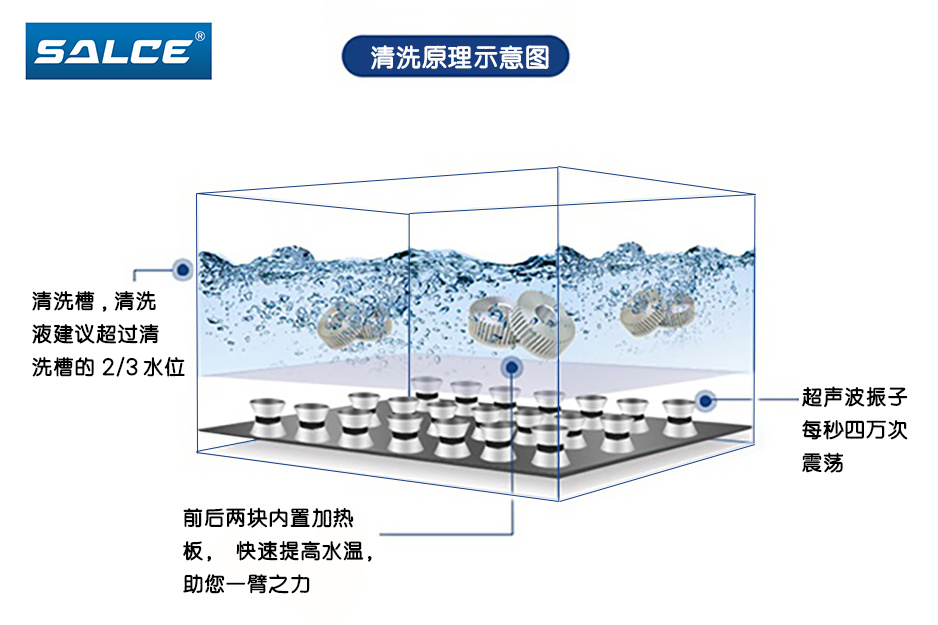The main products include spray cleaning machine, ultrasonic cleaning machine, hydrocarbon cleaning machine and other cleaning equipment!
-
Product

-
-
Blog

-
Contact

Focuses on the research and development, manufacturing, and technical services of industrial cleaning equipment
In-depth Analysis of the Ultrasonic Cleaner Industry
Release time:
2025-08-06
Ultrasonic cleaners, leveraging the cavitation effect to efficiently clean tiny gaps, have been widely applied in fields such as medical care and semiconductors. In the future, they will develop towards intelligence and customization, becoming a key technology for green production.
1. Technical Principles and Application Fields

2. Industry Development Background and Trends
3. Market Competition and Technical Barriers
4. Environmental Protection and Sustainable Development
5. Industrial Chain and Upstream-Downstream Cooperation
Key words:
Large single tank ultrasonic cleaning machine | Slider cleaning equipment | Precision guide rail cleaning equipment | Rotary spray cleaning machine
Previous article
Next article
Related News
2025-05-23
2025-02-26
Contact Us
Sales:+86 400-881-6708 / +86 18321488368
After Sales:+86 15755480708 / +86 18555919555
Address:Building 2, No. 1258 Boxue Road, Malu Town, Jiading District, Shanghai



COOKIES
Our website uses cookies and similar technologies to personalize the advertising shown to you and to help you get the best experience on our website. For more information, see our Privacy & Cookie Policy
COOKIES
Our website uses cookies and similar technologies to personalize the advertising shown to you and to help you get the best experience on our website. For more information, see our Privacy & Cookie Policy
These cookies are necessary for basic functions such as payment. Standard cookies cannot be turned off and do not store any of your information.
These cookies collect information, such as how many people are using our site or which pages are popular, to help us improve the customer experience. Turning these cookies off will mean we can't collect information to improve your experience.
These cookies enable the website to provide enhanced functionality and personalization. They may be set by us or by third-party providers whose services we have added to our pages. If you do not allow these cookies, some or all of these services may not function properly.
These cookies help us understand what you are interested in so that we can show you relevant advertising on other websites. Turning these cookies off will mean we are unable to show you any personalized advertising.



